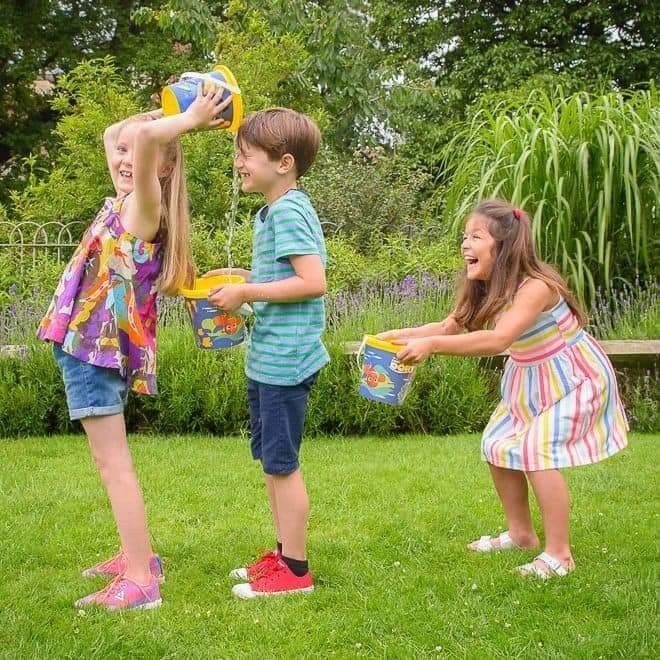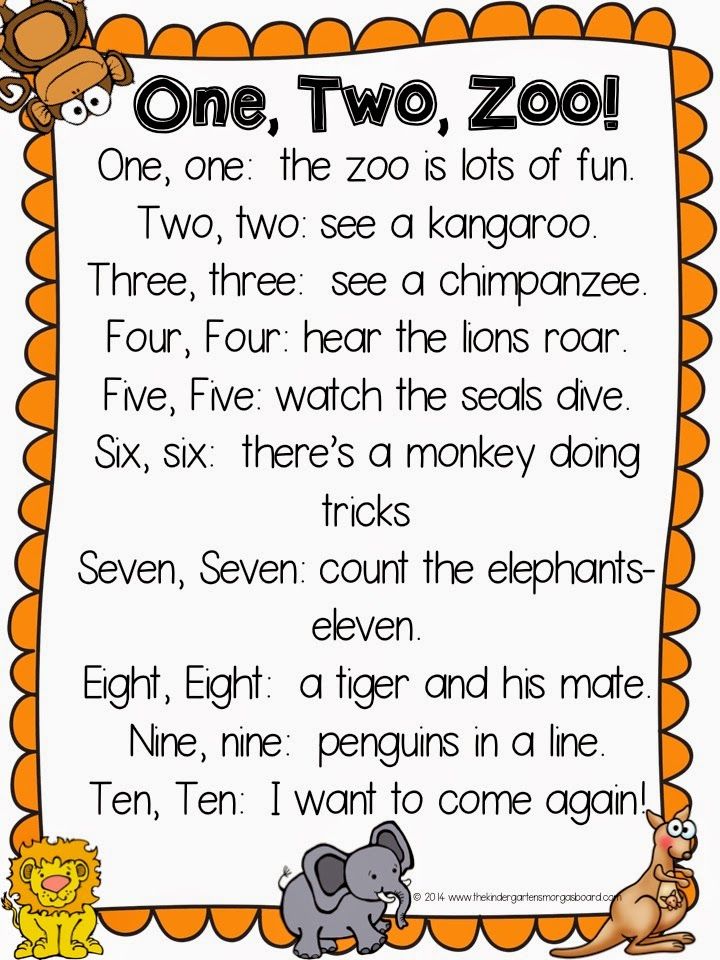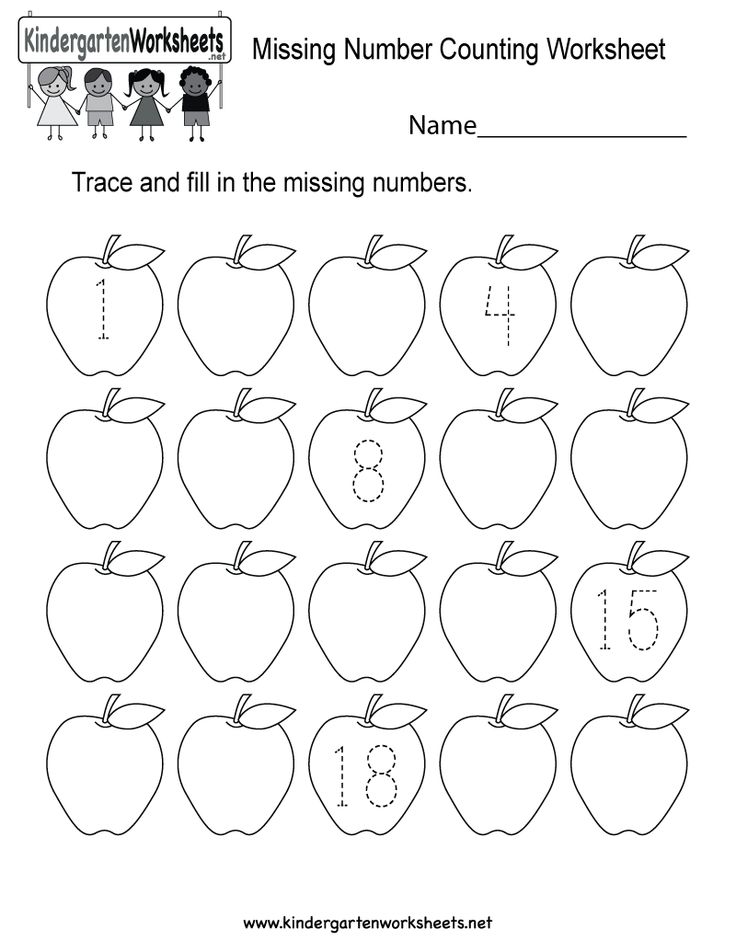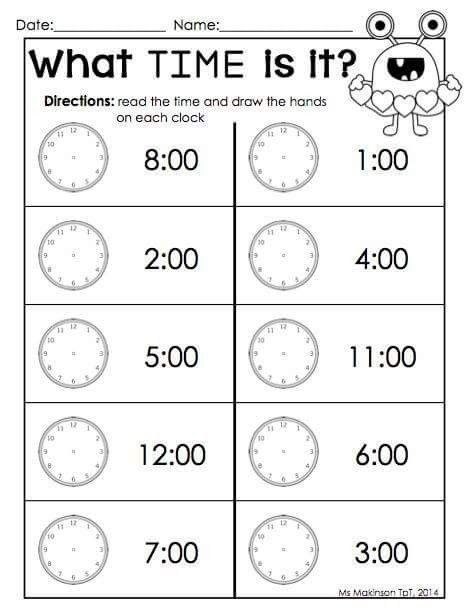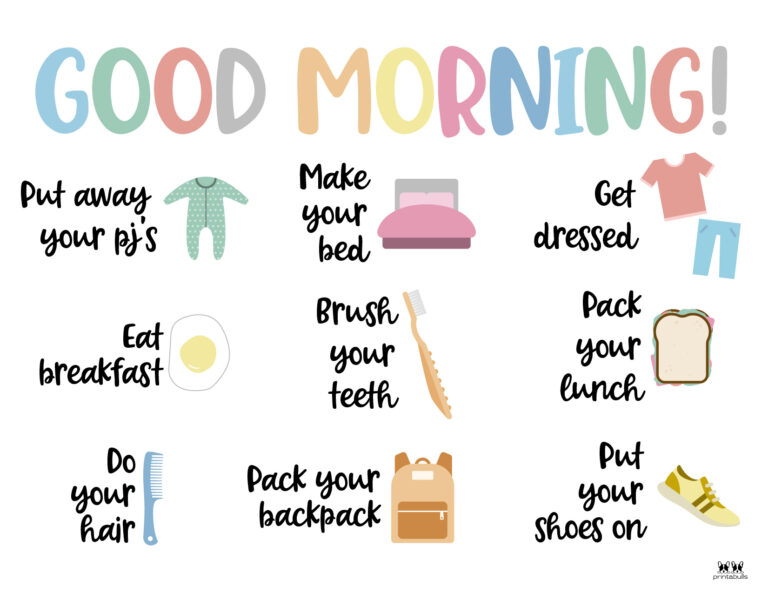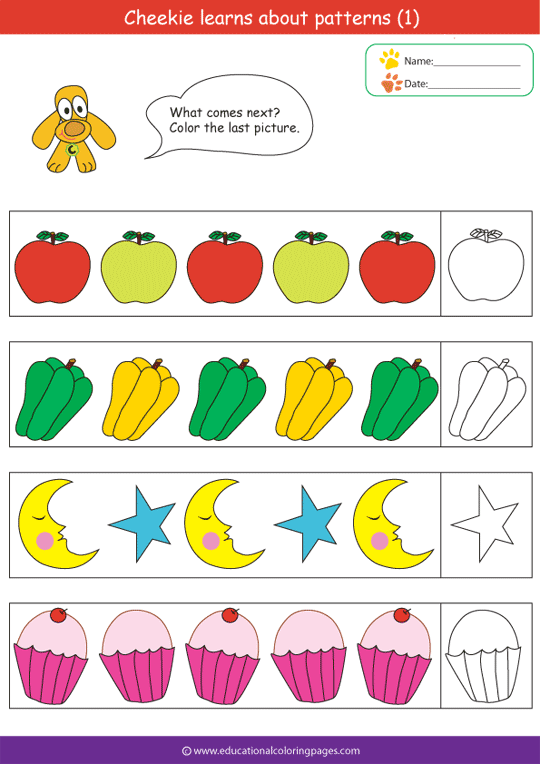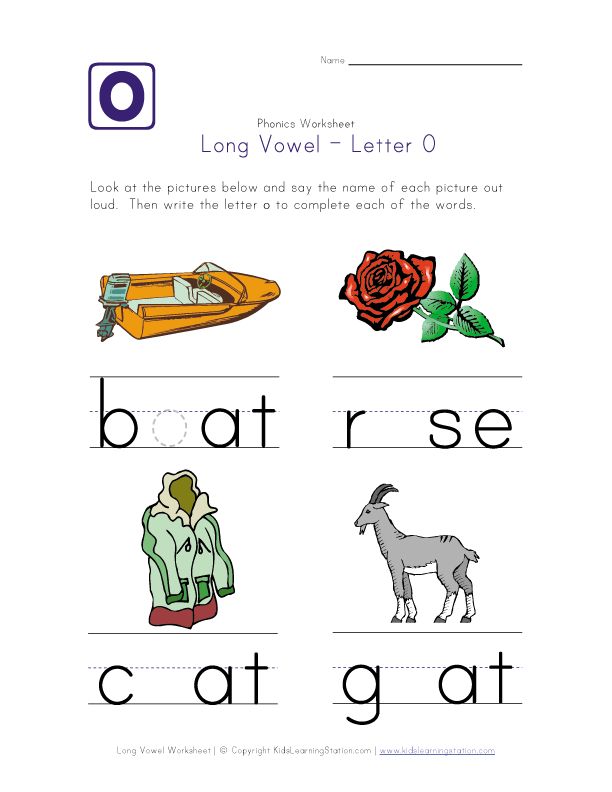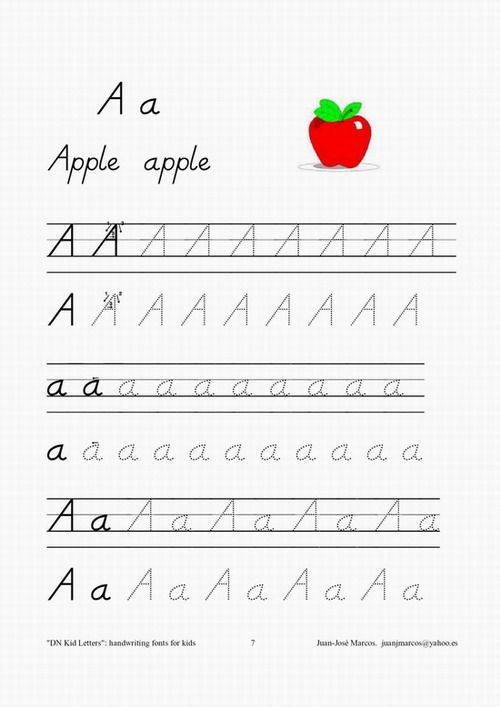Kid picks the game
Ohana’s Top Picks of 2022
Download
GAMING
It’s not easy to find mobile games that are safe for kids. But no worries, you don’t have to dig through millions of apps because we’ve done the research for you. Here are our picks for the 10 best mobile games for elementary school-aged kids that are safe, challenging and fun.
All of the games we selected were developed by independent game studios that put a lot of time, effort and thought into their apps.
We chose them based on the following criteria:
- High educational value
- No advertising
- No in-app purchase options
- Age-appropriateness
- High level of entertainment
Unfortunately, it is practically impossible to find free mobile games for kids that meet all our criteria. But good quality comes at a price, right?
1. Inventioneers
If your kid is interested in physics and engineering, Inventioneers is a great choice. You can solve clever inventions with the help of the quirky Inventioneers but also create your own.
Price: $ 4.99
Android | iOS
Inventioneers (Source: Filimundus)
2. Townscaper
A game without a goal? Yes, it works! In Townscaper you create your own island towns and can add all kinds of buildings and roads. A nice game to let your kid's imagination run wild!
Price: $ 4.99
Android | iOS
Townscaper (Source: Raw Fury)
3. Monument Valley
In this visually stunning and calm game, you lead the silent princess Ida through abstract monuments while solving puzzles and optical illusions. If your kid can’t get enough of it, there’s already a sequel - Monument Valley 2.
Price: $ 3.99
Android | iOS
4. Hidden Through Time
Take the Where’s Waldo? picture books into the 21st century and you get Hidden Through Time. This colorful hand drawn game takes you on a journey through the Stone Age, Ancient Egypt, the Middle Ages, and the Wild West. You have to find different objects to level up.
You have to find different objects to level up.
Price: $ 2.99
Android | iOS
Hidden Through Time (Source: Crazy Monkey Studios)
5. The Unstoppables
An award-winning app that deals with topics such as disability, inclusion and accessibility in a playful way. You have to switch between characters, who all have a different handicap, to solve challenges.
Price: Free
Android | iOS
6. Bring You Home
Polo is a little alien, who is trying to rescue his kidnapped pet. This cute adventure game lets you change the pieces of each level to complete it. Great problem-solving puzzle!
Price: $ 3.49
Android | iOS
Bring You Home (Source: Alike Studio)
7. Pettson’s Inventions
In this clever game, you help Pettson build his inventions. You have to choose the right objects and place them at the right spots to make the inventions work. The app practices logic and fosters creativity.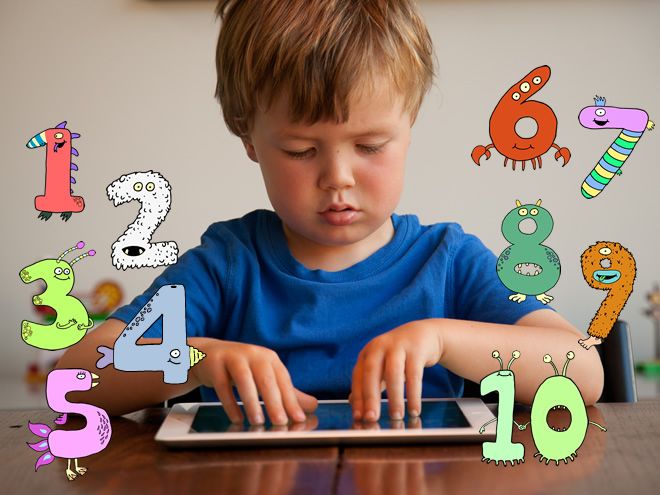
Price: $ 4.99
Android | iOS
8. CHUCHEL
Chuchel is a hairy hero, on a quest to retrieve a precious cherry. You have to solve several puzzles and challenges - and the game is very funny. If CHUCHEL is too easy for your kid, check out the game studio’s Samorost trilogy or Machinarium.
Price: $ 4.99
Android | iOS
CHUCHEL (Source: Amanita Design)
9. Crazy Gears
Fantastic puzzle game that promises hours of fun! In Crazy Gears, the goal is to manipulate gears, chains, rods, and pulleys, to get to the next level. This will teach your kid how different mechanisms affect one another when constructing a machine.
Price: $ 2.99
iOS
10. Thinkrolls
Let your kid learn about gravity, heat, speed, and other science concepts in a fun way. This puzzle game promises to improve your kid’s problem-solving, memory, and spatial cognition skills. Check out the game studio’s other apps as well.
Price: $ 3.99
Android | iOS
Thinkrolls (Source: Avokiddo)
Loading...
Top Picks for Educational Games: Kids 8-14
You are here: Home / Home & Family / Top Picks for Educational Games: Kids 8-14
Christmas is coming and I love to find games that my kids will play for hours. Currently, I have four boys in my house within the age range of 8 to 14, so I am sharing from personal experience the games that have worked for us.
These are great ideas to give to grandparents or other family members when they ask for recommendations.
{I get commissions for purchases made with the links in this blog post. Please see my disclosure policy.}
Carcassonne
In Carcassonne, players build the area surrounding this impressive city, one tile at a time. They then place a follower on fields, cities, roads or monasteries in order to score as many points as possible. These followers will become knights, monks, farmers and thieves, depending on where they are placed.
No matter their function, the player who will most cleverly use their followers will win the game.
One summer we took Carcassonne on our family vacation and most of the kids were found playing it in the sunroom each morning when we woke up! Every time you play it, it’s a different game. Always a new challenge and always a lot of fun.
Stratego
This is a classic game that I remember playing as a kid! When I found one at a yard sale and brought it home for my kids, they were hooked. Stratego mixes capture the flag, battlefield strategy, and spies! What’s not to love?
Civitas
Civitas is a fast-paced card game that is so fun, your kids might not realize they’re learning about different forms of government. I was excited when Bright Ideas Press came out with this game and grabbed a copy right away. It did not disappoint.
Rush Hour Logic Game
This game is another classic. I had one child that played Rush Hour non-stop for about a year.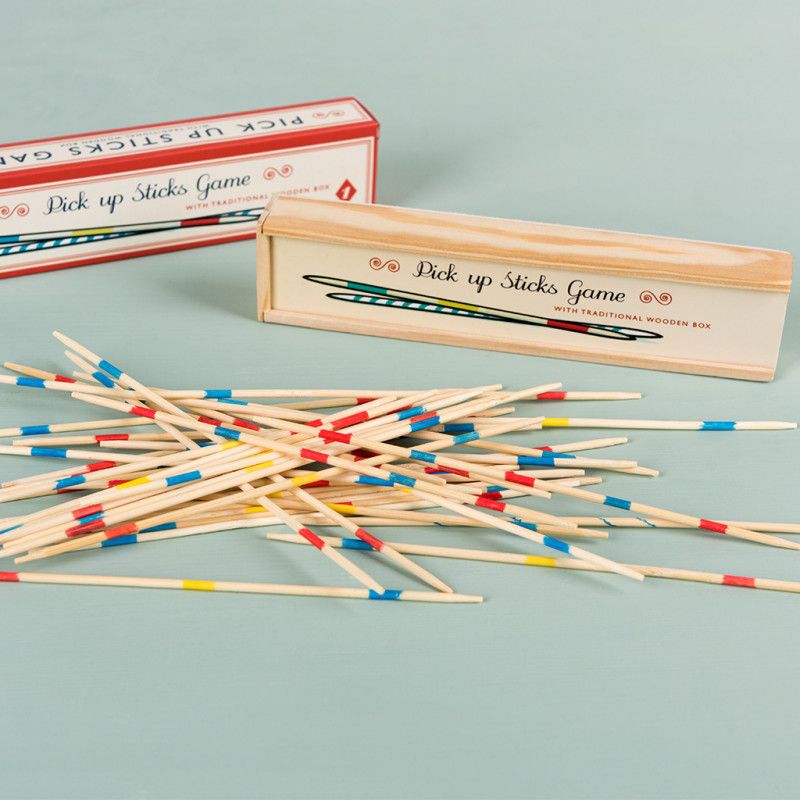 It’s a great option when a child needs something to fill their time that’s also a terrific brain workout.
It’s a great option when a child needs something to fill their time that’s also a terrific brain workout.
Pandemic
My husband takes our four boys to a local board game night in our town once a month. They have discovered many new-to-us games this way, and Pandemic was one of these great finds this year.
Pandemic is a cooperative game – you all win or you all lose.
Four diseases have broken out in the world and it is up to a team of specialists in various fields to find cures for these diseases before mankind is wiped out. Players must work together playing to their characters’ strengths and planning their strategy of eradication before the diseases overwhelm the world with ever-increasing outbreaks.
Ticket to Ride
This cross-country train adventure game is a favorite of our family. It’s a great way for kids to learn geography while they try to travel by rail to the most cities across the USA.
Quadcopter Drone
I know, I know.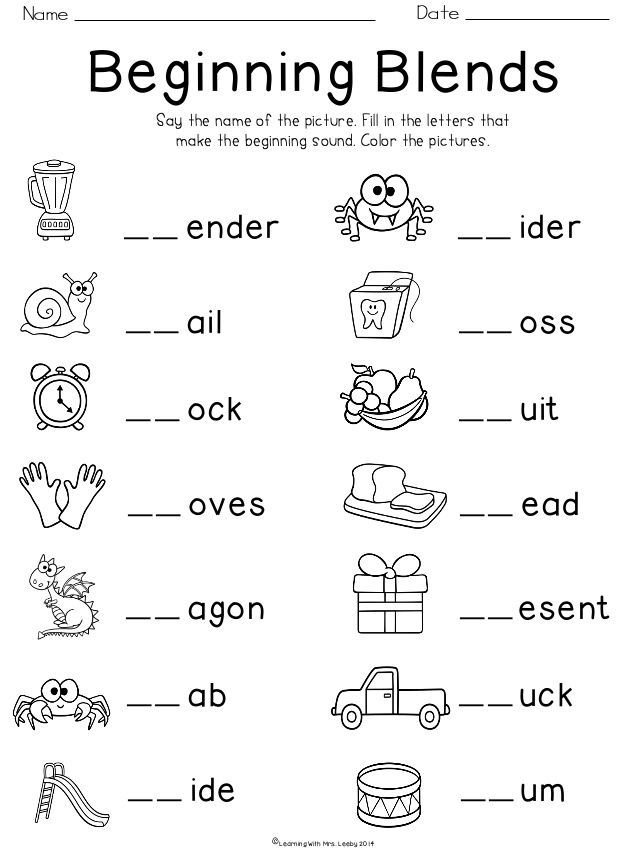 This last pick might not be exactly educational, but we bought it recently for one of our boy’s birthdays. It has been the best gift ever! An easy-to-use entry level drone that is good for beginners and kids. It’s also at an entry level price for a drone. We found it to be good quality, and once the instruction manual was read and understood, there has been happy flying and in-the-air flips ever since!
This last pick might not be exactly educational, but we bought it recently for one of our boy’s birthdays. It has been the best gift ever! An easy-to-use entry level drone that is good for beginners and kids. It’s also at an entry level price for a drone. We found it to be good quality, and once the instruction manual was read and understood, there has been happy flying and in-the-air flips ever since!
So that’s my list of top games for kids in the 8-14 age range this year. What would you add? Comment below!
Home & Family
A child cannot play alone - what are we doing wrong. And 6 ways to fix it
"The house is littered with toys, but he doesn't play!" - Parents are outraged every now and then. Our blogger, psychologist Karina Richtere, told why children constantly want their parents to play with them, and how to make sure that parents have at least 10-15 free minutes a day.
Why a child does not play alone
Play is the leading activity in a child's life.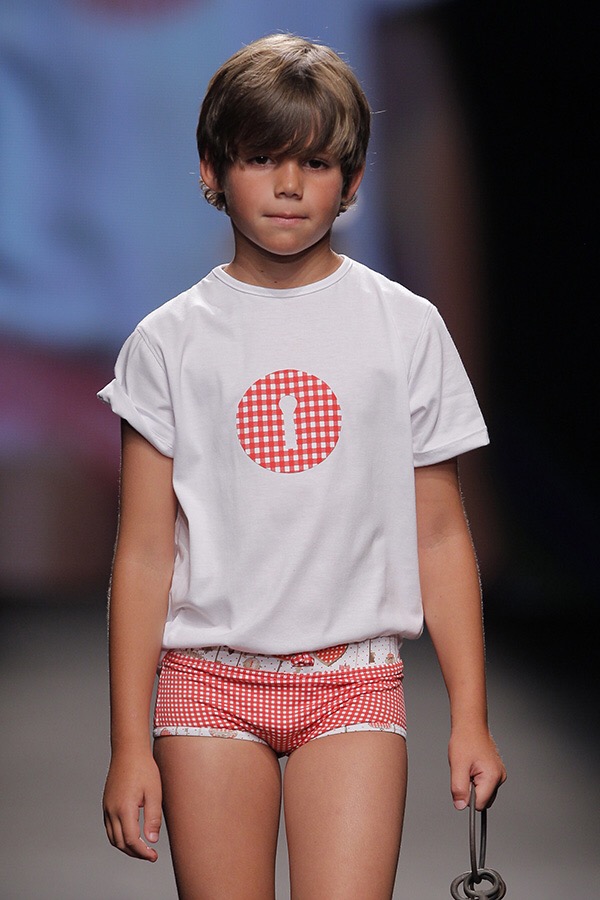 Through it, he learns, tries on different situations and interacts with the world around him. How is it that a child, even with a huge number of toys, is not interested in playing by himself and he constantly needs a partner - a mother, brother or sister, other children on the playground or in kindergarten?
Through it, he learns, tries on different situations and interacts with the world around him. How is it that a child, even with a huge number of toys, is not interested in playing by himself and he constantly needs a partner - a mother, brother or sister, other children on the playground or in kindergarten?
Age
The skill of independent play is formed in a child at the age of 3–4. Until this age, children, due to developmental characteristics, cannot play without the participation of an adult, and those who can do this for no longer than 10-15 minutes, then they need a change of activity. That is, if your two-year-old does not play by himself, this is normal.
No skill
In order for a child to play on his own, he needs to be taught how to play. Very often, children are given toys, but they are not told what they are and how they can play with them.
Large selection
Many parents try to compensate for their lack of toys in their childhood and flood the child with cars, children's synthesizers, dinnerware sets, designers and much more, which is offered by the children's store closest to the house. However, it is difficult for a child to navigate in all this diversity, and he simply does not know what to play with and how exactly.
However, it is difficult for a child to navigate in all this diversity, and he simply does not know what to play with and how exactly.
Lack of communication
If a child does not go to kindergarten, to some classes, or the mother deliberately avoids playgrounds, he may lack communication with peers, and he will prefer joint games rather than independent ones.
By the way, it is the same with working parents: the child lacks high-quality communication with mom and dad, so he will demand this communication, refusing to play on his own. In this case, the refusal to play independently is a cry for help and a demand to satisfy the need to communicate with parents or peers.
Excessive control
Often adults, especially those who are obsessed with early development and believe that after three is too late, interfere with the natural course of the game. They offer to count the number of items a child plays with, describe their quality, or group them according to a certain attribute.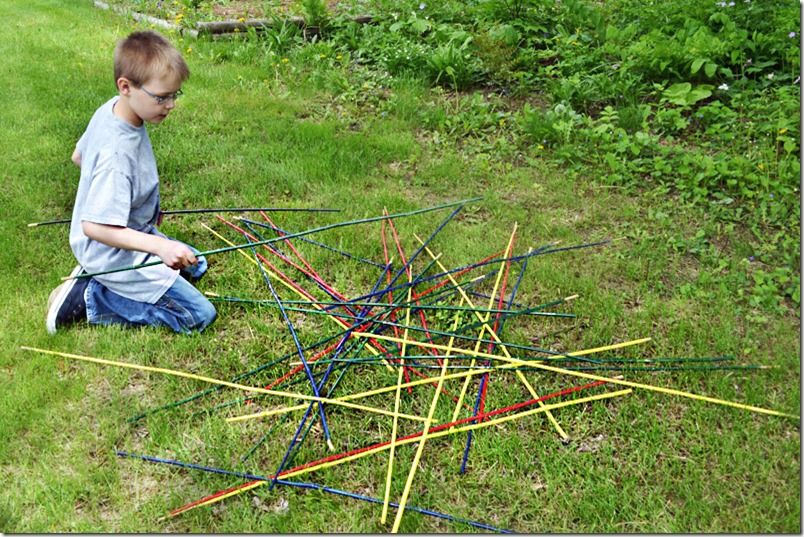 Often adults interrupt the game with stories about how to handle a particular toy. For example, they do not allow animals from the farm to drink tea or visit each other - after all, this game is designed for the child to understand how the farm works. Of course, after such lectures, the child will no longer play by himself: he will get used to constant prompts and instructions.
Often adults interrupt the game with stories about how to handle a particular toy. For example, they do not allow animals from the farm to drink tea or visit each other - after all, this game is designed for the child to understand how the farm works. Of course, after such lectures, the child will no longer play by himself: he will get used to constant prompts and instructions.
Features of development
Some children learn the skills of independent play later than others. This is not a reason to ring all the bells and look for some developmental deviations in the child. However, you should carefully monitor the behavior of your son or daughter and, if necessary, consult a neurologist or psychologist. Some children cannot master certain games on their own. For example, children with autism spectrum disorder do not play well in role-playing and story games and do not know how to interact with other people.
Whatever the reason a child doesn't want to play alone, there are a few simple ways to remedy the situation.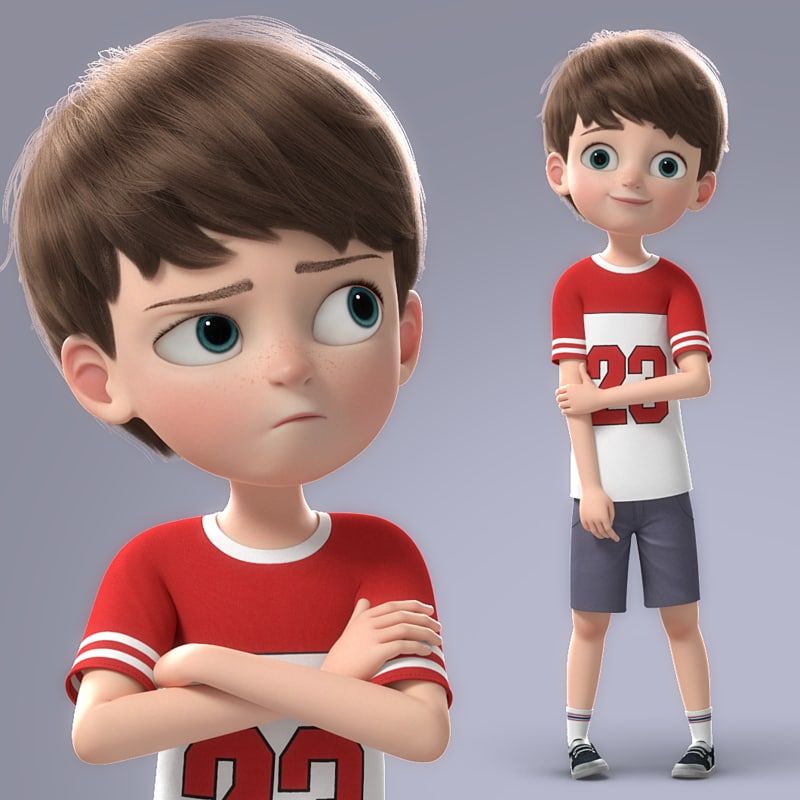
Teaching a child to play
Despite the fact that the game is normal and natural for a child, the participation of an adult is necessary for the formation of a full-fledged skill and the development of independent activity and free play at the first stages. Which? I tell:
Create a safe space
An adult should think about safety, so there should be no objects dangerous for a child in the play area. Remove everything that can cause harm - sharp objects, electrical appliances, household chemicals, etc. Put special plugs and blockers on sockets, doors and drawers. If the child is playing in the kitchen while you are preparing dinner, make sure that there are no dangerous items among the dishes or food, and that the son or daughter does not sit close to the stove.
Limit the number of toys
If the number of toys in the house has reached unthinkable limits, it's time to audit. First, take away everything that has become unusable, with which the child does not play and that does not suit him in age.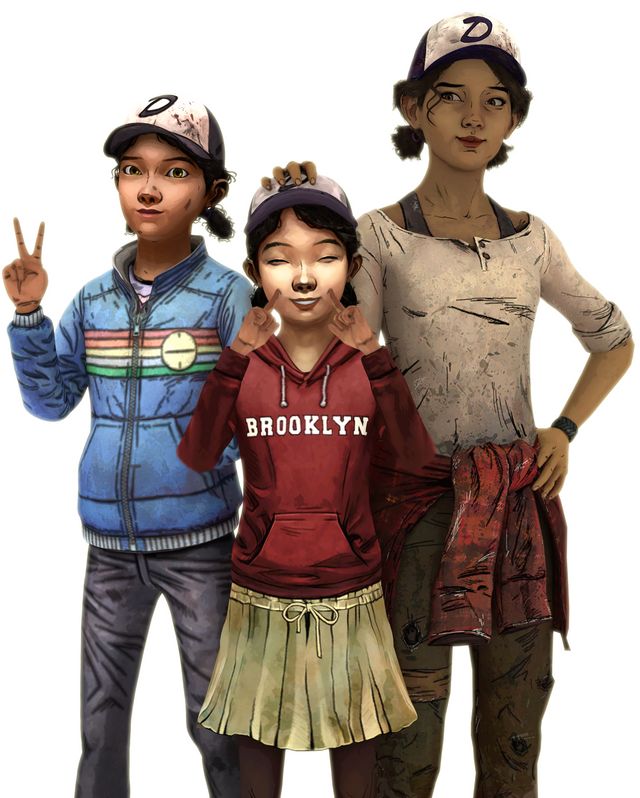 Throw away the broken without regret, give away those from which it has grown, and set aside those from which it has not grown.
Throw away the broken without regret, give away those from which it has grown, and set aside those from which it has not grown.
Divide the rest into groups: objects, soft toys, dolls and figurines, constructors, educational toys, etc. Select 1–2 toys from each group and form the appropriate sets. Leave one in free access, remove the rest. Periodically change kits, update and review their contents.
Play together
When your child has a new toy, show him how to use it and what it is for. But do not limit the child's imagination to the functionality indicated in the instructions. Let him, under your supervision, figure out how else to use it.
Encourage such games and do not force the child to play only according to pre-proposed rules. The same goes for role-playing or story games. Let the child use their characters or come up with new stories for them! In "Turnip", for example, not only a cat and a dog, but also Sky from the "Paw Patrol" or a tyrannosaurus can help grandma and grandpa.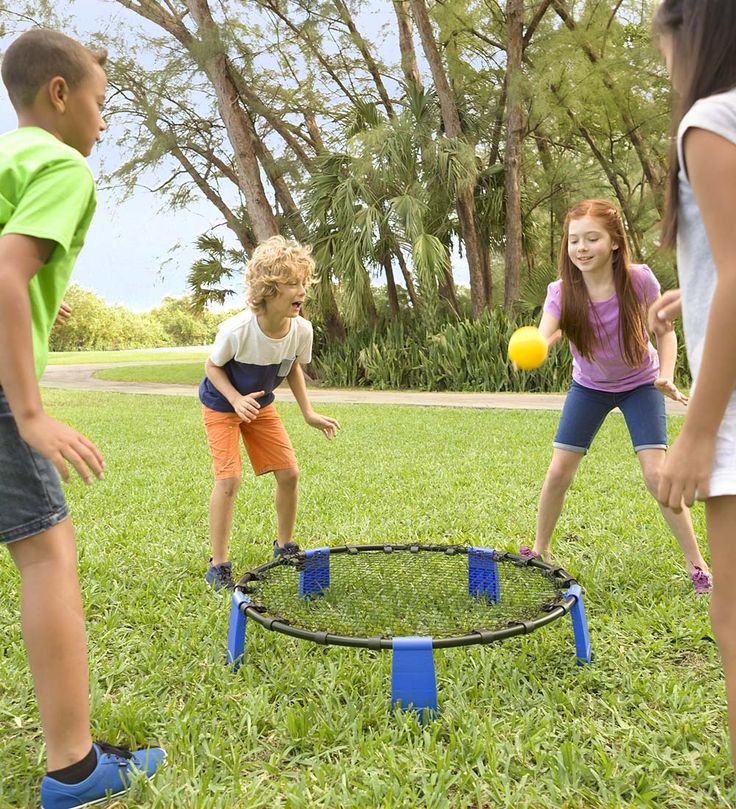
In games with peers or parents, it is important not so much to explain the rules as to teach them to keep agreements. If you agreed that you are putting together a puzzle together and the child is picking up the pieces, and you are adding, you can only change the rules by mutual agreement.
Spending time with your child
If you don't like playing at all, it's better not to play. The child feels falseness and tension, therefore, does not enjoy such a pastime. Often the baby needs only your nominal presence - it is more important to see you in sight and understand that he is not alone. This can be used too. For example, letting your child play with pots or spoons while you prepare dinner, or bringing toys from the room and setting aside a play space near you.
If your child misses the time spent with you, but you don't like to play, replace it with any other joint activity - walking, crafts, reading, drawing, etc.
Socializing with other children against full-time kindergartens and don't want to go to the playgrounds, find short stay groups or some circles that work according to the Waldorf or Montessori method.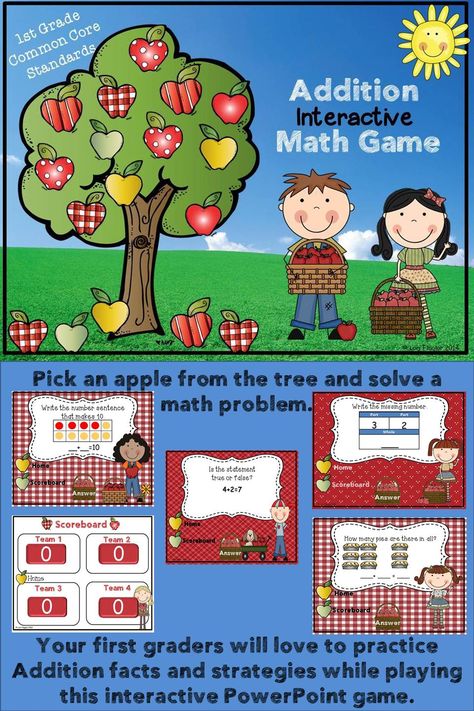 In them, the teacher is focused on meeting the needs of the child and developing skills for independent play. When planning your child's daily routine, be sure to include time for free play - a time when a son or daughter can do whatever they want.
In them, the teacher is focused on meeting the needs of the child and developing skills for independent play. When planning your child's daily routine, be sure to include time for free play - a time when a son or daughter can do whatever they want.
Child friendly
We often buy toys not for the child, but for ourselves. We believe that boys prefer balls and cars, while girls prefer dolls, dishes and decorations. But in reality, your son may like to cook or have tea parties with toys, and your daughter may like building blocks or racing. Let your child choose their own toys. So he will be able to make his own decisions and play what he really likes.
You are in the "Blogs" section. The opinion of the author may not coincide with the position of the editors.
Photo: Shutterstock / Nina Unruh
If a child plays aggressive games
Children today are seeing an increase in violent games. Naturally, this cannot but worry parents and teachers.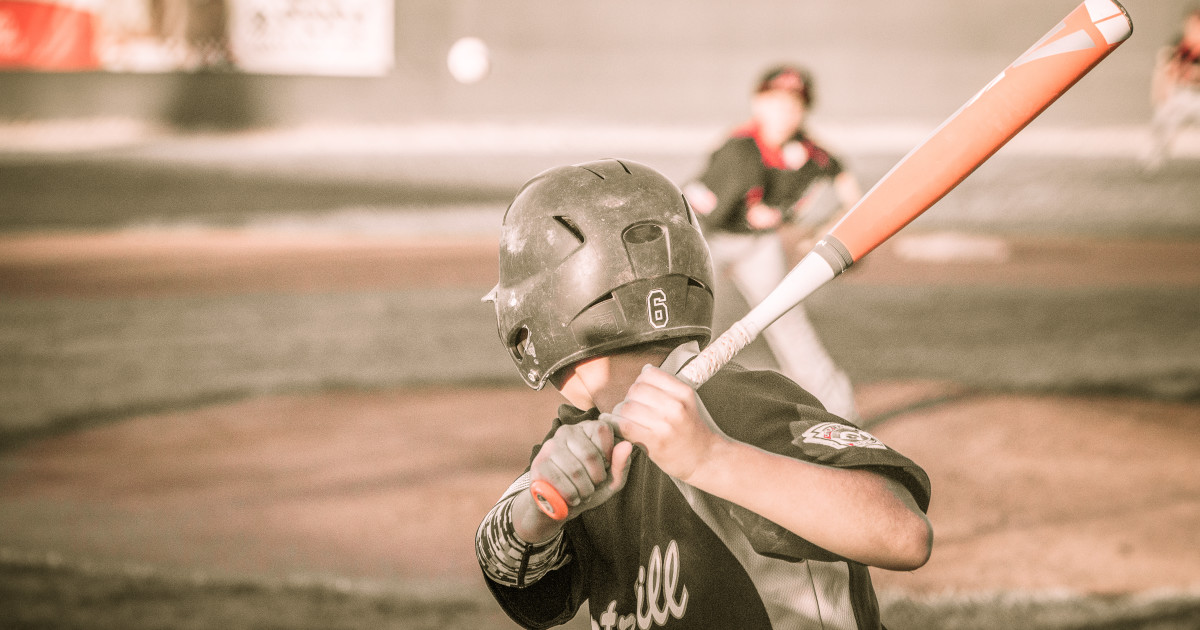
The causes of this phenomenon are rooted in the society itself, in which there is a lot of violence. The absence of widespread wars is perhaps the achievement of modern civilization, but does this mean that people are now free from fear and the need to be ready to defend their lives and dignity? Unfortunately no.
Try clicking on the TV channels. Even a couple of minutes of watching will be enough to understand that most films and programs broadcast on television contain violence: blackmail, robbery, fights, coercion, terrorism, humiliation, disasters - and this is a small part of the list. Advertising seems to be the most positive under such circumstances, but it is in fact violence against our consciousness and the unconscious. Other media do not differ much from TV: the headlines of the newspapers are full of information about violence, it has found its way into books and radio programs, although, of course, the ratio of it is different in these sources.
Can all this information not affect children, not affect their development in any way? This assumption does not seem realistic. We are not raising abstract children, but children growing up in a particular society, in a particular era. One of the global tasks set by nature for cubs of all species is adaptation to the environment. And if this environment is aggressive, then manifestations of aggression are more common in children's games.
We are not raising abstract children, but children growing up in a particular society, in a particular era. One of the global tasks set by nature for cubs of all species is adaptation to the environment. And if this environment is aggressive, then manifestations of aggression are more common in children's games.
Perhaps several boys or girls immediately appeared in your memory, who seemed to have grown up in similar conditions, but who play in completely different ways: someone prefers the role of an aggressor, and someone of a peacemaker. Naturally, the individual characteristics of children affect their ability to cope with traumatic experiences. How do they influence? What should an adult who observes a child's aggressive games do? Let's try to find answers to these questions by looking more closely at the aggressive roles chosen by the child and understanding the significance of this game for him.
Aggressive manifestations of the role are different, as well as the motives for accepting it by the child.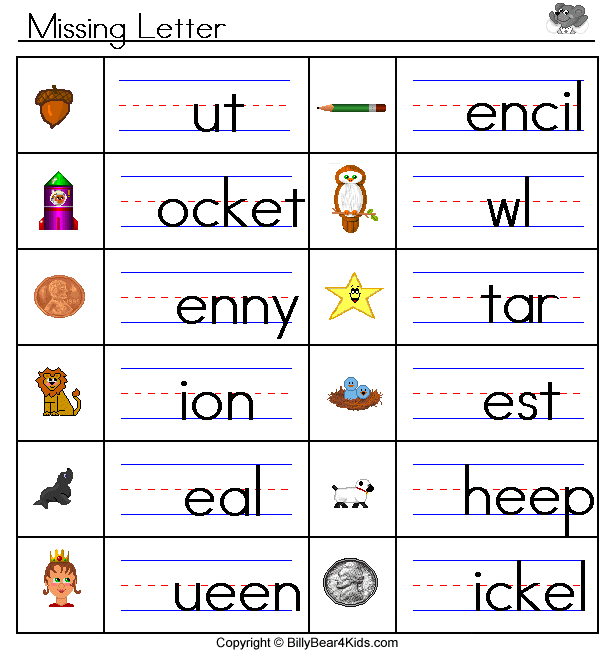 To see the difference, let's take a look at a few examples.
To see the difference, let's take a look at a few examples.
Roma and Lena are addicted to the following game in the kindergarten: Lena climbs into a fabric toy house, and Roma starts kicking its walls, throwing big toys from above and destroying the house with other improvised means. Lena starts screaming: "Save me, I'm dying!" - and pretends to be dead when her house is littered enough with toys. Children repeat this game several times. Then their fantasy creates a new plot twist: when the house is littered with toys, Roma from an aggressor destroying the building suddenly turns into a hero. He shouts: "Don't be afraid, I will save you!" - then he starts to rake up the toys, scattering them in different directions, and pulls Lena out by the hands. Joyful Lena throws herself on his neck and says that she now agrees to marry him.
Obviously, the original plot of the game arose in children after terrible events - the explosion of residential buildings by terrorists. Children can learn about such frightening facts from fragments of television news, from conversations of adults, although, as a rule, they try to isolate the kids from such information. What they saw or heard probably caused them a lot of disturbing fantasies, which means the need to somehow cope with them.
Children can learn about such frightening facts from fragments of television news, from conversations of adults, although, as a rule, they try to isolate the kids from such information. What they saw or heard probably caused them a lot of disturbing fantasies, which means the need to somehow cope with them.
Children cannot simply forget what caused them negative emotions, but they are also unable to simply accept it. They need process new information, deal with their anxiety, make them feel like they're in control. How can they achieve these goals? Of course, through the game.
At first, they reproduce in the game plot only those external aspects of the terrible event that they perceived due to their age. Therefore, at first their game is simple and cruel: a person is in a house, another person destroys this house, and the first one dies. At the same time, Roma enthusiastically plays the role of a terrorist: he furiously knocks his feet on the walls, finds more and more new toys and throws them with force.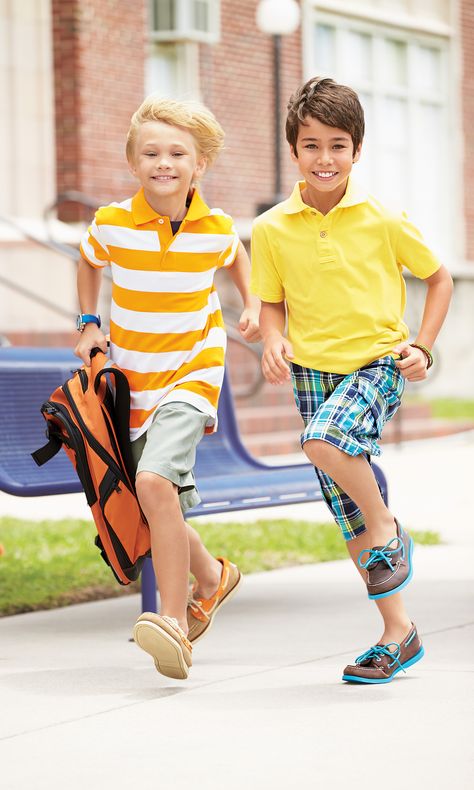 If you saw the boy's face at that time, you might be afraid for the future of our children. But can we unequivocally assume that Roma chose an aggressive role, following his destructive needs, that this is evidence of his aggressiveness? Hardly.
If you saw the boy's face at that time, you might be afraid for the future of our children. But can we unequivocally assume that Roma chose an aggressive role, following his destructive needs, that this is evidence of his aggressiveness? Hardly.
Notice a few details about this game.
Firstly, this is a story game in which the actions of the partners are quite coordinated. The aggressor has an assistant in the game - a voluntary victim. If the role of the victim was played by a boy, then the partners would probably change roles. But in assigning the role of the aggressor to the boy, and the role of the victim to the girl, there is an additional game meaning - working out social stereotypes of behavior (male activity and female passivity), although not in the most positive form. As we can see, it was this line of development of the game that took up later.
Secondly, after playing the fantasies disturbing the children, they were able to introduce new content into the game.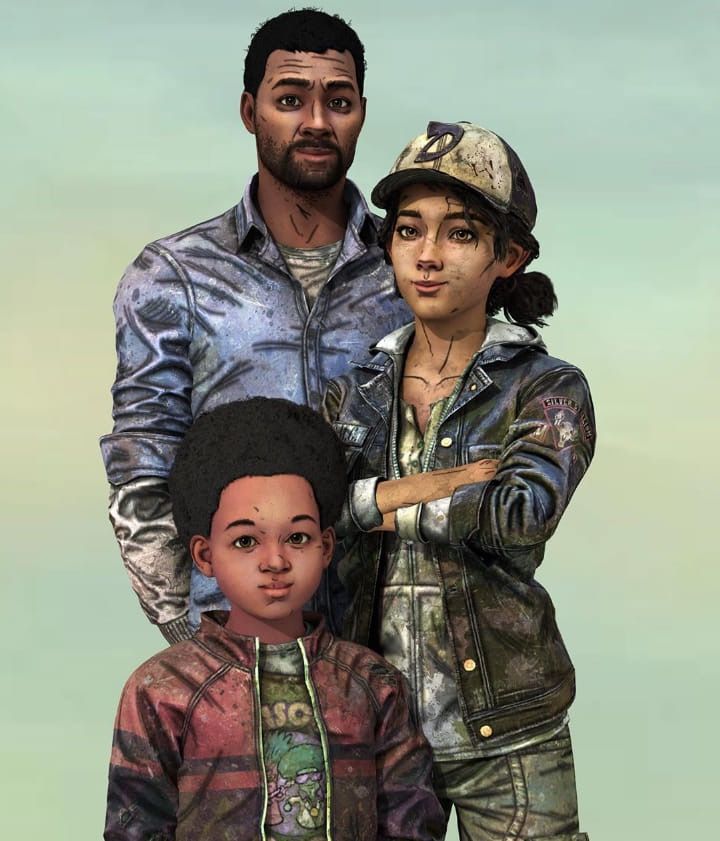 Apparently, as soon as Roma and Lena understood (in their own way, childishly) what it means to be a terrorist, what it is like to be in a destroyed house, how unattractive death looks, and were able to cope with their anxiety, the boy felt discomfort from the role of the aggressor and from the most terrible event they played out. Then his freed fantasy suggested a way out of the situation - to become a rescuer, which he did.
Apparently, as soon as Roma and Lena understood (in their own way, childishly) what it means to be a terrorist, what it is like to be in a destroyed house, how unattractive death looks, and were able to cope with their anxiety, the boy felt discomfort from the role of the aggressor and from the most terrible event they played out. Then his freed fantasy suggested a way out of the situation - to become a rescuer, which he did.
So, with the help of play, the children created in their imagination the possibility of a happy resolution of a cruel event and further development of life (the rescuer's romance with the rescued).
Thus, the choice of an aggressive role in the considered game indicates that the boy was excited about the information about the terrorist attack, that he noticed how the media focus on sexual aspects (among the victims, children and women are more often shown, and among the suspected or caught criminals - men), that he wanted to try on the role of the aggressor (less terrible than the role of the victim) and that, having mastered this role, he wanted to change it.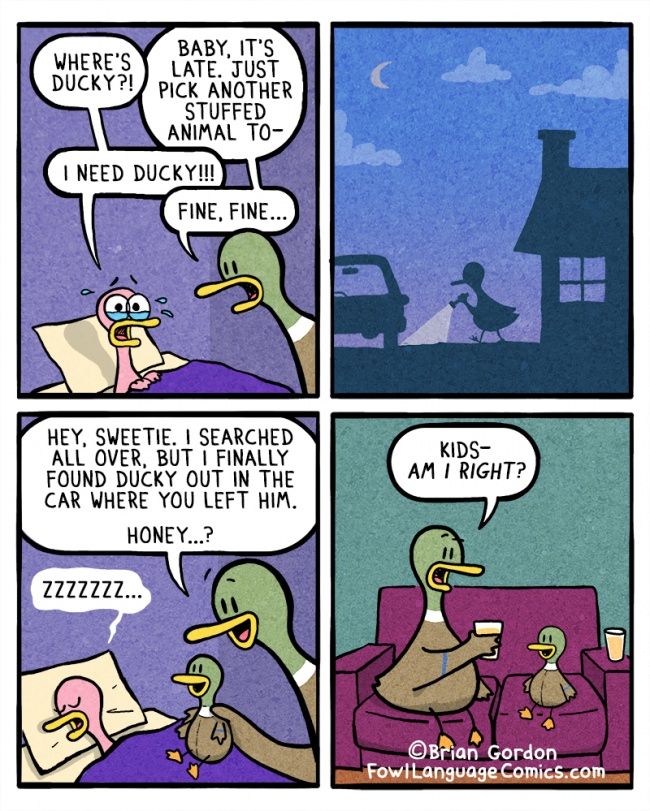
All this speaks of the necessity of the game for the boy. Therefore, it is good that he had the opportunity to freely bring the game action to its own logical end, although the adults who accidentally watched this game could not help but shudder - naturally, they had a desire to immediately stop such a heartless game as it was at the beginning.
Let us now analyze the preferences of the child in another aggressive role.
Six-year-old Kolya plays with his small toy dogs of various breeds. He takes the largest dog - the bulldog - and begins to growl and hit the figures of other dogs with it, shouting insults and threats. The mother, who entered the room, was unpleasantly surprised by the words of her son and tried to reason with him. However, the son continued to swear, using expressions, some of which are clearly borrowed from action films. Then the mother changed the strategy of behavior and began to ask her son who he was and why he did not like other dogs so much. Kolya joined the conversation and between actions with the figures began to explain that the bulldog is the strongest, so he can do everything and everyone else is afraid of him. When mom asked what this dog wants to achieve, the boy shrugged.
Kolya joined the conversation and between actions with the figures began to explain that the bulldog is the strongest, so he can do everything and everyone else is afraid of him. When mom asked what this dog wants to achieve, the boy shrugged.
Kolya continued to play aggressively until her mother offered to play together, after which she was able to develop a new plot and turn the senseless aggression into a more positive direction (in short: small dogs united and stopped obeying the bulldog, but he was able to establish it again relations with them, when their common booth was attacked by enemies from whom he protected them, in a word, friendship won).
In this aggressive game, the boy most likely acted out and tried to understand the conclusion that he made from his observations: whoever is stronger is right. The child could come to this conclusion not only from watching action movies (in which he caught not so much the idea as the essence of the process - the one who is stronger humiliates and destroys others), but also from his own experience (since in the group of boys of preschool age , as a rule, there is a cult of strength, and children in the process of communication understand that the weak clearly have fewer advantages).
It is unlikely that Kolya belongs to the category of strong boys of the group. Apparently, he perceives this fact very painfully: his self-esteem and dignity suffer from belonging to the weak. Perhaps he experienced a number of unpleasant moments in a collision with a force that he could not oppose anything, frightened. Therefore, his choice of the breed for which he plays shows us that , in order to protect his self-esteem, defense mechanisms of the psyche, namely, the mechanism of identification with the aggressor, have activated. The effect of this protection is such that a person is identified with what caused him anxiety or fear, therefore, he adopts the features of a person whom he himself is afraid of.
So Kolya tried to become an aggressive leader in his game, which, apparently, causes him fears in real communication. However, the question of a sensitive mother about what the aggressor bulldog wants to achieve, to which the son did not know the answer, shows us that the role he is trying on is not close to the boy.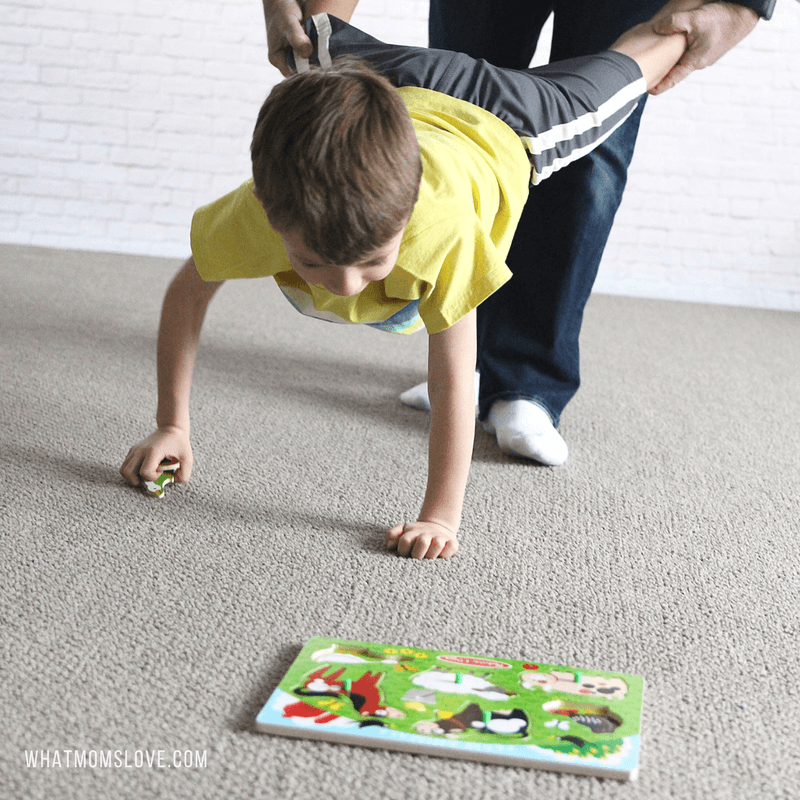 So he just copes with his fear and hatred, but does not feel the motives of an aggressive leader.
So he just copes with his fear and hatred, but does not feel the motives of an aggressive leader.
Before the intervention of the mother, the game did not develop for a long time, it seemed to go in cycles in the repeated violence against other dogs. This is probably an indicator that the problem of power and authority in the children's community has become traumatic for the child, but he did not see a way out of it.
Pay attention to how careful and competent the mother's actions are in this case. After the son did not react to a typical remark (which is usually enough), the mother realized that she was dealing not just with a game, but with something important for the child, which captured him so much that he was unable to stop. Therefore, instead of prohibitions and notations, she tried to understand what was happening in the soul of her child. She probably felt that this was not just his mastering a new undesirable behavior, but a way to cope with her feelings, to understand the situation. Then she tried to continue the conversation in the language chosen by the child - the language of the game. Developing the plot, she was able to show her son that there can be other means against brute force - friendship and solidarity, organization in actions. Mom also made it clear to the boy that aggressive people can play a good role, that they, like everyone else, need communication and recognition.
Then she tried to continue the conversation in the language chosen by the child - the language of the game. Developing the plot, she was able to show her son that there can be other means against brute force - friendship and solidarity, organization in actions. Mom also made it clear to the boy that aggressive people can play a good role, that they, like everyone else, need communication and recognition.
As we can see, in Kolya's case, the role of the rude aggressor that he chose also testifies not to the child's own aggressiveness, but, on the contrary, to the confusion and fear he experiences when he encounters someone else's aggression.
For comparison, let's move on to the third example of aggressive play.
Two first-graders, Volodya and Pasha, play with robot figures. First, they pretend to shoot at each other from afar, then bring the robots closer to each other and go into hand-to-hand combat (push the toys and make the appropriate sounds).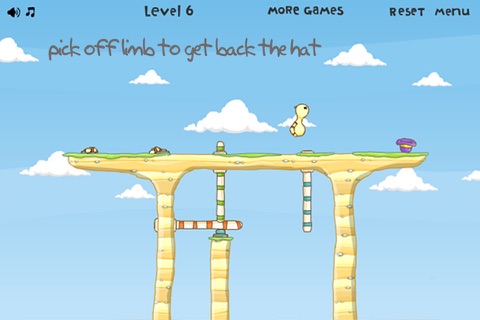 After some time, carried away by the fight, they put the robots aside and start the fight themselves (the arms and legs of the boys are used), regulating their movements, but gradually this game turns into a real fight, and the children beat each other on the floor.
After some time, carried away by the fight, they put the robots aside and start the fight themselves (the arms and legs of the boys are used), regulating their movements, but gradually this game turns into a real fight, and the children beat each other on the floor.
How is this game different from the aggressive games described earlier? First, this game is not developed internally. The children participating in it do not explore violence in any way. Secondly, the growing excitement of the guys from this aggressive game is obvious. That is, in this game, violence is carried out simply for the sake of violence, the game does not contain additional meanings. At the same time, the initial game aggression entails even greater aggression and, in the end, develops into real violent actions in relation to the partner.
What has changed in the inner world of children during such a game? What did they learn? What have you learned? Is that the new methods of fighting. Therefore, games of this kind should be a cause for concern for parents and educators.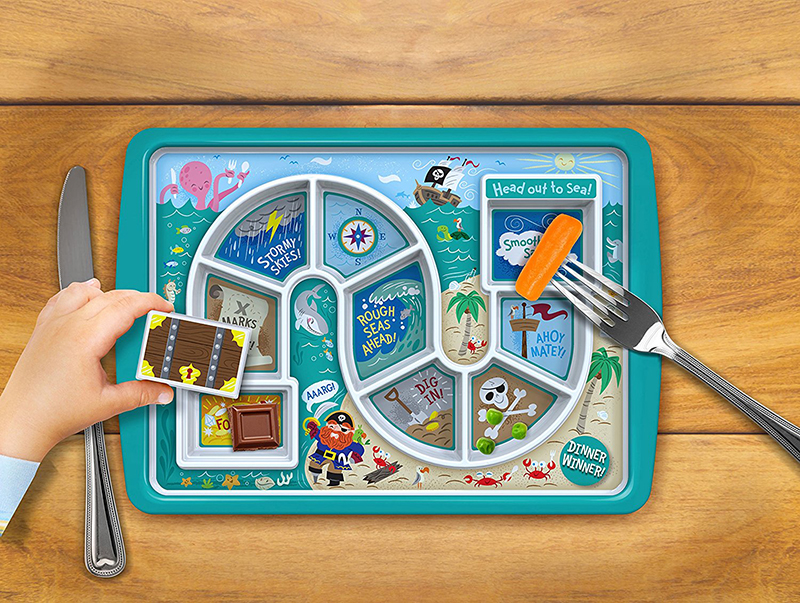
What should adults do in this case? Should these games be banned? Select aggressive toys with which children act as shown in the relevant films and cartoons? But every parent knows that the forbidden fruit can be especially sweet, and children will continue such entertainment behind the backs of adults with even greater enthusiasm.
In order to develop an effective strategy of behavior, an adult must first of all understand what causes such games. There may be several reasons.
Modern children watch TV. In cartoons and films, as we have already discussed, violence is quite common, but, unlike documentaries on this topic, in works of art it often looks beautiful. The chiseled shapes, fast and precise movements of the robots can even aesthetically appeal to boys, which will become the basis of imitative play with robot toys.
However, even an adult who has watched science fiction series for children can hardly remember what the ideological content was.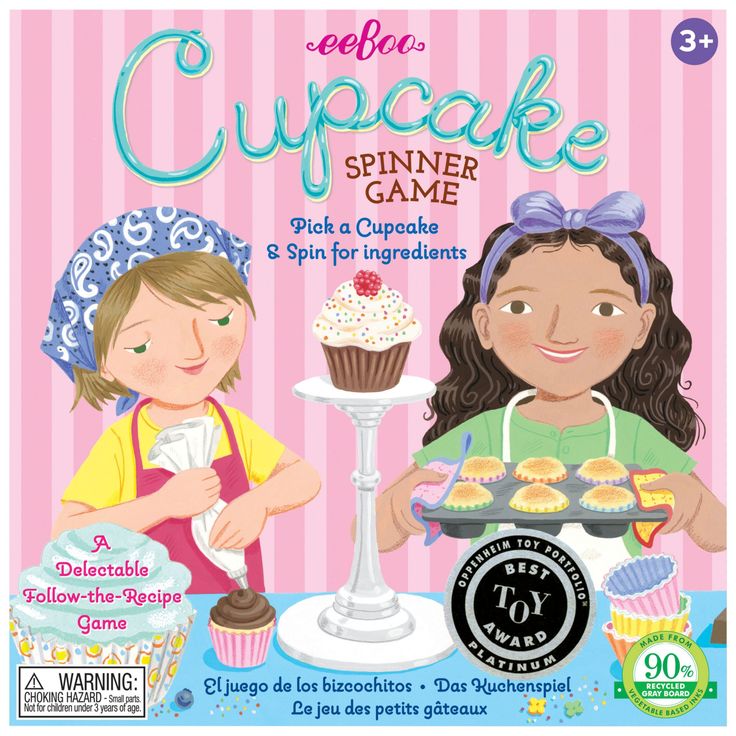 What were all those cars fighting for? The action is so stretched out in time, and even so often interrupted by advertisements, that it is absolutely impossible to remember what it was all about (even if the multi-episode struggle was for "world peace"). Therefore, only scenes of battles of all kinds, not linked to the ideas of justice or salvation, remain in memory.
What were all those cars fighting for? The action is so stretched out in time, and even so often interrupted by advertisements, that it is absolutely impossible to remember what it was all about (even if the multi-episode struggle was for "world peace"). Therefore, only scenes of battles of all kinds, not linked to the ideas of justice or salvation, remain in memory.
Of course, such experiences for children under ten years of age are not at all safe. After all, the guys are not yet critical of many things and, in addition, they tend to master new behaviors by imitating the most striking of them.
So the first reason for the game of Volodya and Pasha can be a simple imitation of based on the impressions received from cartoons, films or computer games.
The second reason for may be splashing out one's own destructive impulses, accumulated anger, anger and resentment in this way. And at first, the boys do it directly in the game, that is, in a way that will not cause condemnation in adults (after all, children know that everything that happens in the game happens "for fun", as a joke, so adults usually do not react to it seriously).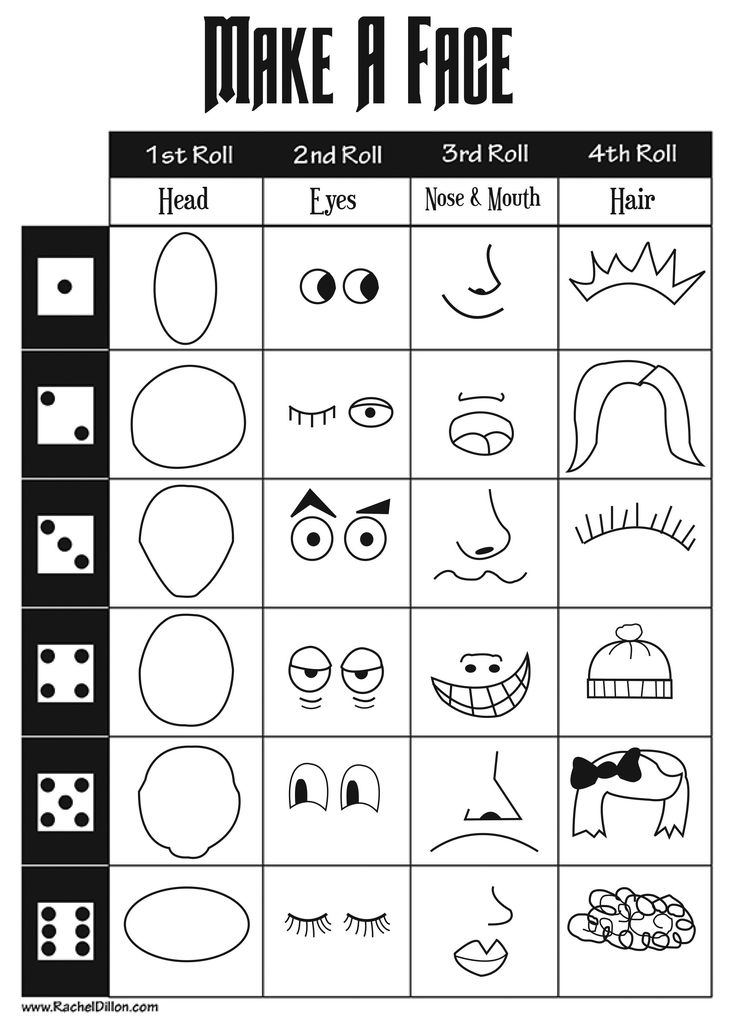 However, such a game battle only makes the real internal conflicts of children more relevant, and they cross the line between imagination and reality.
However, such a game battle only makes the real internal conflicts of children more relevant, and they cross the line between imagination and reality.
Finally, the third reason for such a primitive aggressive game may be the underdevelopment of the culture of games in Volodya and Pasha. It should be noted that this applies to many modern children who are taught before they learn to play. In addition, at home and in the garden, the guys most often communicate with their peers, which excludes the enrichment of their playing repertoire by watching the games of older children.
All these circumstances can lead to the fact that the players simply do not know how to develop the game further. They imitate what they see, but their game does not become creative, they do not bring their own meaning into it.
What could an adult do who happened to be nearby and understood the direction of the game in time? He could help the boys find this meaning of their own, show them the possible directions of play action.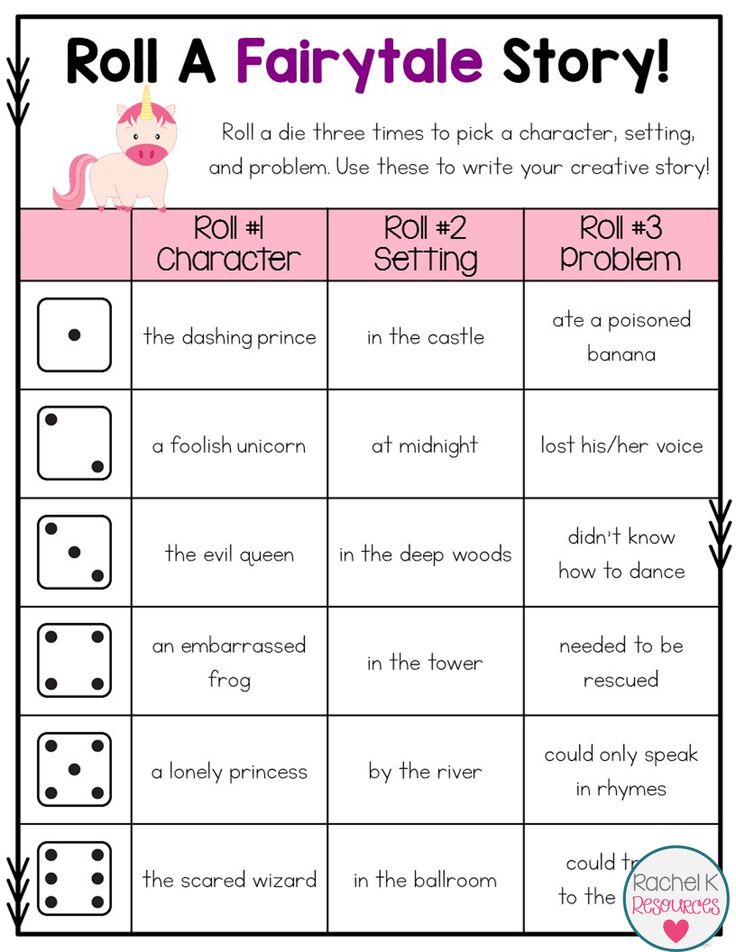 To do this, it was possible to ask the guys appropriate questions designed to use their imagination (for example: “What is this robot fighting for?”, “What will it do if it wins?”, etc.), or introduce new heroes into the game (the third a robot, a sage, an unfortunate child or a beautiful princess - decide for yourself, based on the situation).
To do this, it was possible to ask the guys appropriate questions designed to use their imagination (for example: “What is this robot fighting for?”, “What will it do if it wins?”, etc.), or introduce new heroes into the game (the third a robot, a sage, an unfortunate child or a beautiful princess - decide for yourself, based on the situation).
If you feel that the main point of the game is that it becomes a reason for the actual fight, then use the recommendations of the article about the game ways to resolve children's conflicts. After all, you can’t just stop the aggressive actions of children, leaving them alone with their aggressive feelings.
Many more examples of aggressive roles and violent games could be cited, but the cases we have already considered are enough to help the attentive and loving parent independently begin to analyze the inner picture of what is happening in the play of a son or daughter.
Now you know that before interrupting a child's aggressive play, you should try to understand what kind of knowledge, thoughts, and fantasies he is playing out in it.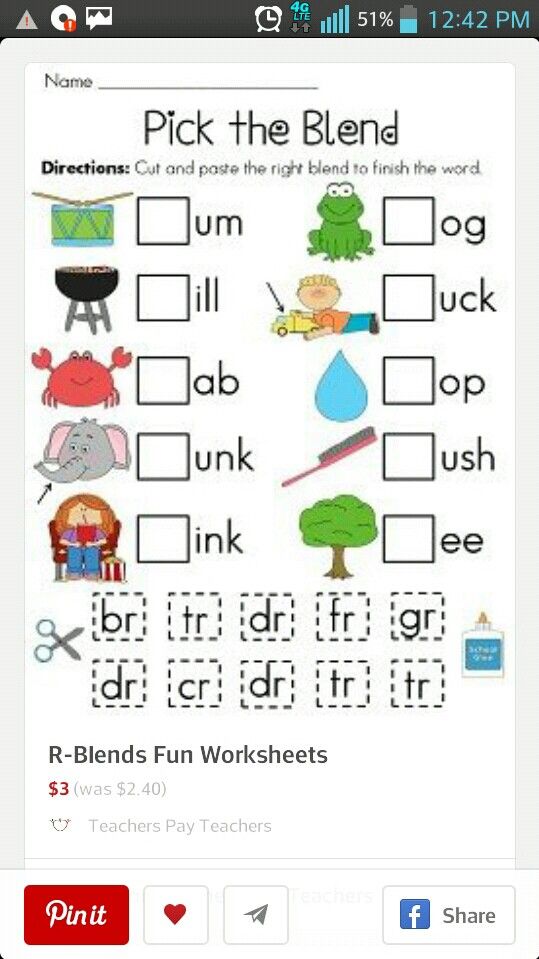
- What is the child going through now?
- What external impressions could have caused these feelings?
- Who does the child really identify with?
- Does he use his fantasy to transform the role of the aggressor into some more positive role?
- How well does he do it?
- Does this game help to stabilize the child's emotional sphere?
- What does he learn in it?
- Does his communication skills develop during the game?
etc.
Only by answering all these questions for yourself, you can make a competent decision whether to interfere in the game, and if you interfere, then how. As we discussed, in the first example it was better to let the children play on their own, in the second it was better to get involved in the game to help understand the motives for aggression and how to deal with it, in the third case it was better to try switching the children to a completely different game or to introduce some kind of positive meaning, and in addition, to engage in the systematic development of boys' playing skills.